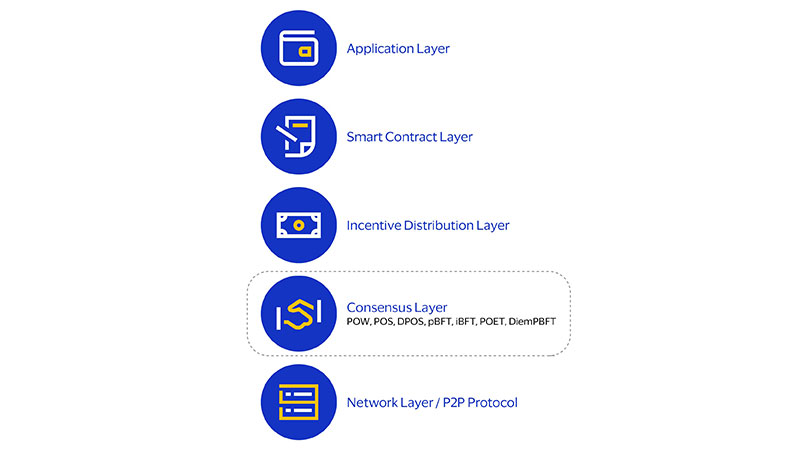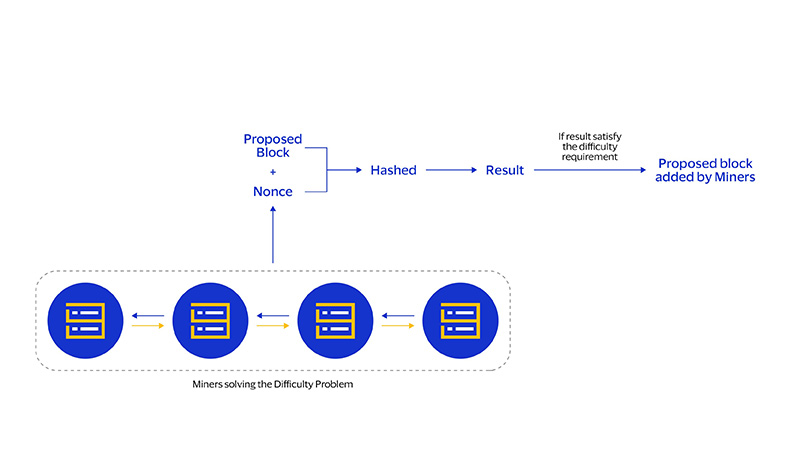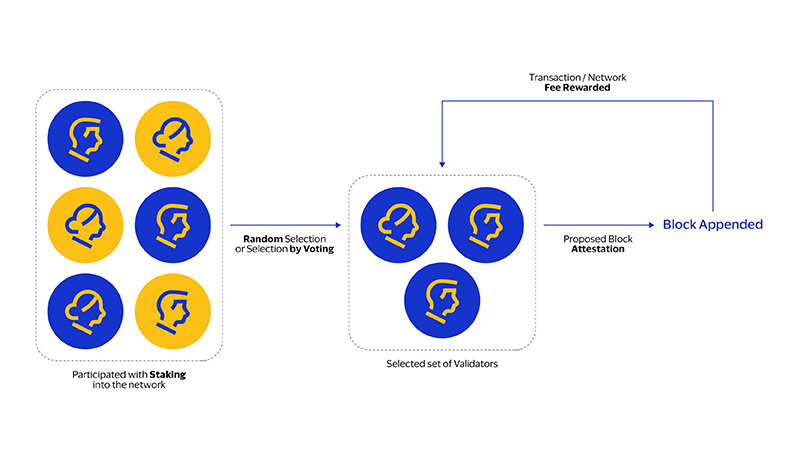Blockchains are distributed peer-to-peer systems that are accessible to anyone, yet no single entity can own or control it. Rather than using a trusted third party, agreement is made possible through a consensus mechanism that enables coordination of a distributed peer-to-peer network. Consensus between different distributed parties is what corporate governance might look like in a centralized system since both processes involve coordinating the actions of different parties and coming to an agreement on tasks and decisions. For a blockchain payments network, it is very important to process, settle, and validate transactions correctly and prevent double spending. In blockchains, reaching consensus is a crucial part of how transactions are processed and settled. To put it simply, there are resources at stake and reaching consensus in a blockchain network means being able to reach a common state while keeping the distributed nature of the network.
All open public blockchains are based on the idea that they should be able to reach consensus across a distributed network, even when there are conflicts, without putting control in one place. Proof-of-Work (PoW) and Proof-of-Stake (PoS) are the two best-known algorithms to achieve consensus. In this article, we examine both PoW and PoS in terms of their technical architecture, coordination mechanisms, and economic incentives to understand their characteristics and trade-offs.
A Brief Overview of Consensus Mechanisms
Distributed systems have existed for a long time. A distributed system is, in its simplest form, a collection of computers working together to accomplish a common objective. But what connection do they have to blockchain? Well, all the advancements that blockchains have made would not have been feasible without the development of distributed systems in the first place. A blockchain is essentially a new kind of distributed system. In a distributed system, several processes (e.g., computers) communicate with one another and work together to achieve a common goal (e.g., solving a computational problem).
The Merge has been discussed in the crypto community at large for a while, and the event was successfully completed in September 2022. The Merge, arguably the biggest technical upgrade in Ethereum’s history, was a part of the larger transformation formerly referred to as "Ethereum 2.0," a process that also included the transition of the Ethereum network’s consensus mechanism from Proof of Work (PoW) to Proof of Stake (PoS).


